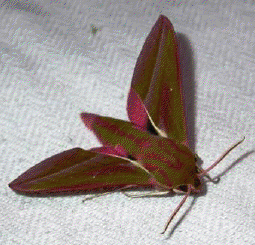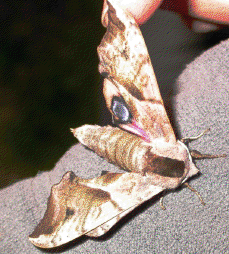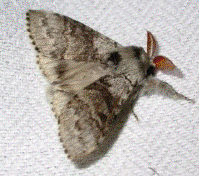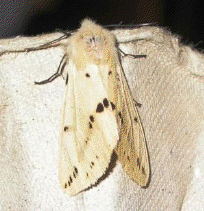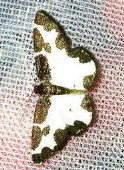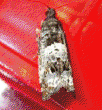Eleven of us met at the car park in the Goyt Valley, one of the best turn outs for a while. The weather looked promising after a wet and windy week.
From the car park the song of Common Redstart could be heard and it wasn’t long before it was spotted and we all got onto it. Spotted Flycatcher was also seen from the car park along with commoner species.
We started the walk up the valley road and it wasn’t long before Pied Flycatcher was seen – the first of over a dozen seen on the day. With 20 birds on the list including 2 target birds we continued up the valley to a path that took us nearer the stream. Tree Pipit and Raven were seen on this stretch although some of us missed the Ravens.
The surprise along this stretch was two bats that we seem to think were Daubenton’s. They were seen by most of the group skimming over the water looking for insects.
Upon returning to the road it was not long before we had superb views of Dippers taking food to their nest near by. The first of 6 -7 Painted Lady butterflies were seen along with many Orange Tip and Green-veined Whites.
It wasn’t long before someone said they could hear Grasshopper Warbler. We stopped and listened and soon all the group could hear it. This was unexpected bird as we were above the tree line and now on the open moorland.
Reaching the car park at the top of the road Whinchat was seen and heard at the top of a conifer, 3rd target bird.
After a short stop for lunch we continued up the hill with a very fine breeze and full sun. Meadow Pipits were everywhere so it was really no surprise when a Merlin was spotted sitting on a wall.
Turning off the track onto the moorland we passed a pair of agitated Curlew that obviously had young with them, their haunting calls carrying down the valley.
Red Grouse were eventually seen but distant. On the way down the narrow path three Green Hairstreak butterfly were seen on a Bilberry bush. Although there were bilberry all over the moorland, these were the only green hairstreak seen.
We returned to the road, crossed it and walked through a conifer plantation looking for an area were Black Grouse could be seen but to no avail.
After a pleasant break near to where we had seen the dippers, we took a leisurely walk down the hill back to the car park. Just before the car park a pair of Common Lizards were seen basking on the reservoir wall.
It had been a beautiful, hot sunny day in good company.
13 species of birds were added to the year’s tally that now stands at 115.
The Lizard was the first reptile of the year while we added 2 more butterflies to the tally of 10. The only mammals seen on the day were the bats and, surprisingly, we have not yet recorded any dragonflys.
Report by Philip Burnham
